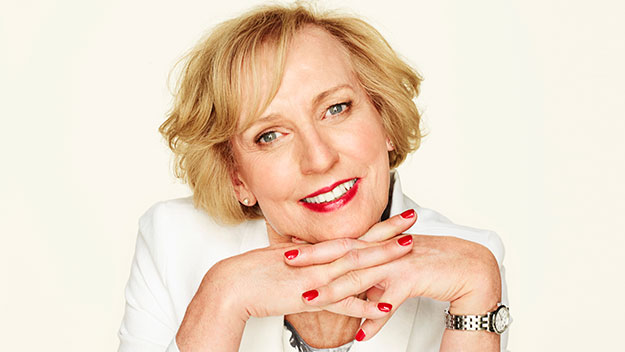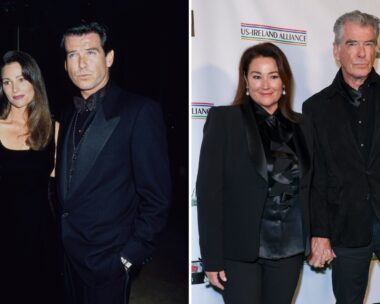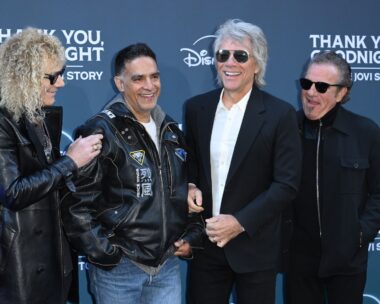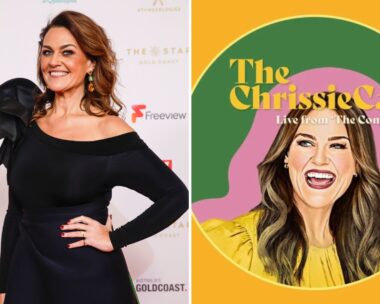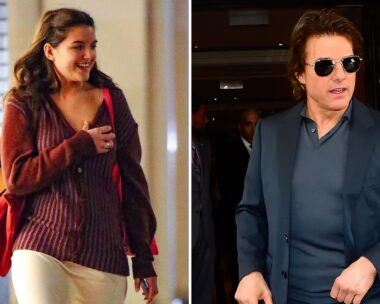There is an old saying, sometimes attributed to Dr Seuss, about how you should give up pretending and just be who you are because: Those who mind don’t matter
And those who matter won’t mind.
Easier said than done, of course, especially when you’re keeping a secret as significant as the one that Lieutenant Colonel Cate McGregor AM – formerly Lieutenant Colonel Malcolm McGregor AM – kept for nigh on 50 years.
Cate was born a boy but she always felt like a girl. She tried to hide it, mainly by flexing what she saw as the masculine side of her personality as a soldier in our armed forces but, she says, “it got to the point, in my mid-50s, where I could not stand it anymore”.
In an interview in this month’s The Australian Women’s Weekly, Cate explains how she had to tell the truth about herself, which in turn meant giving up her name, her marriage, and ultimately her military career, to live as a woman.
It meant having the toughest conversations of her life, with her then-wife (she’s now a great friend); her sisters and other family members; with her boss, the hyper-masculine, khaki-clad Chief of Army, David Morrison AO; and with one of her closest friends, the Prime Minister, Tony Abbott.
“I knew I’d have to tell him,” she says, “because our friendship is one of the oldest, most continuous friendships of my life.’”
And what did Abbott say?
“I got the most loving response,” says Cate, delighted. “He said, ‘look, it changes nothing’. Then he said, ‘what’s your preferred name now?’ And ever since, he’s called me Cate.”
Cate tells The Weekly that she had misgivings about her gender from the earliest age, but could not find a way to express the idea.
“I was fascinated with women’s clothes, but I’d tried on Mum’s dresses and I’d gotten into awful trouble, so I never did it again,” she says.
Her sister, Mary Saunders, who is 16 years older, says her memory of Cate as a little boy are that “she was very shy and quite timid. But I never suspected her troubles with gender”.
Cate’s father died when she was eight. He had fought at Kokoda, and her grandfather fought at Fromelles. As a way of connecting with them, she joined the Army.
“I had an idea about the military being the ultimate expression of masculinity,” she says, “But I wasn’t thinking, this will make me a man. It wasn’t as conscious as that.”
She was diagnosed as ‘transgender’ (somebody who feels they’ve been assigned the wrong gender at birth) in 1985 but decided to ‘white-knuckle’ through the diagnosis.
In 1995, she met the woman who became her wife and says “from that day on, I was deeply in love. I had met my soul mate, the person I was meant to be with, and I adored her to bits.
“But by 2011, I was in very bad shape,” Cate says. “I was boiling over with the idea that I was living the wrong gender. I can’t convey – I don’t have the language – to explain what it was like to live in that turmoil, but it was a nightmare.”
She went back to the psychiatrist who said: “It’s a no-brainer. You are transgender.”
“I was waiting for somebody to say, here, take this pill, and it will all be fine,” says Cate, “and he said, it won’t be fine. Can’t you see that? I said, but I’m an infantry officer, I’m married, it’s too late, I’m 50-something years old, it’s not an option. He said, I’m puzzled you’ve got this far.
“But I was still so scared. I thought, my fate is to be a tragic figure, socially ostracised. And that was frightening, but the greatest loss would be my marriage. I knew I would lose my wife, and I was completely in love with her, and it broke my heart.”
Read more of this story in the January issue of The Australian Women’s Weekly.

